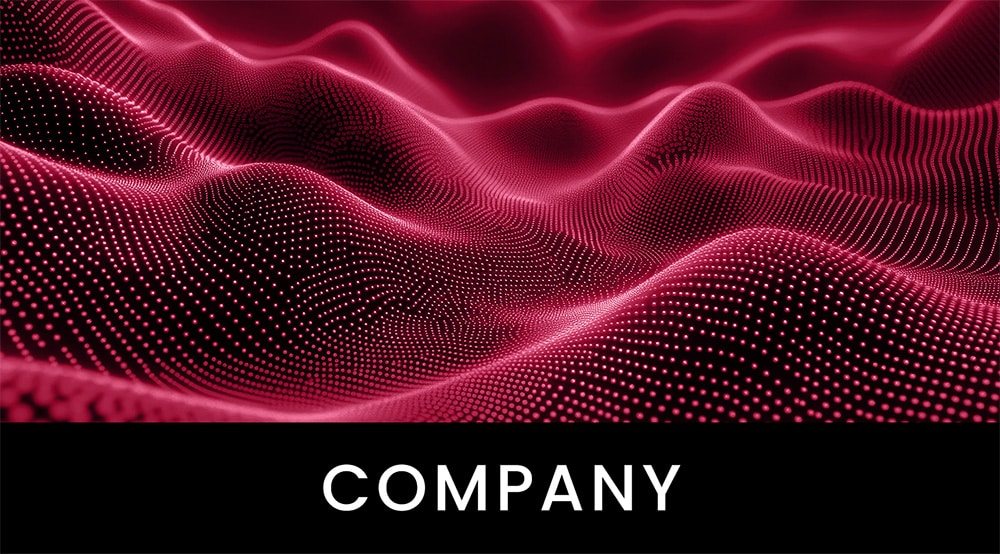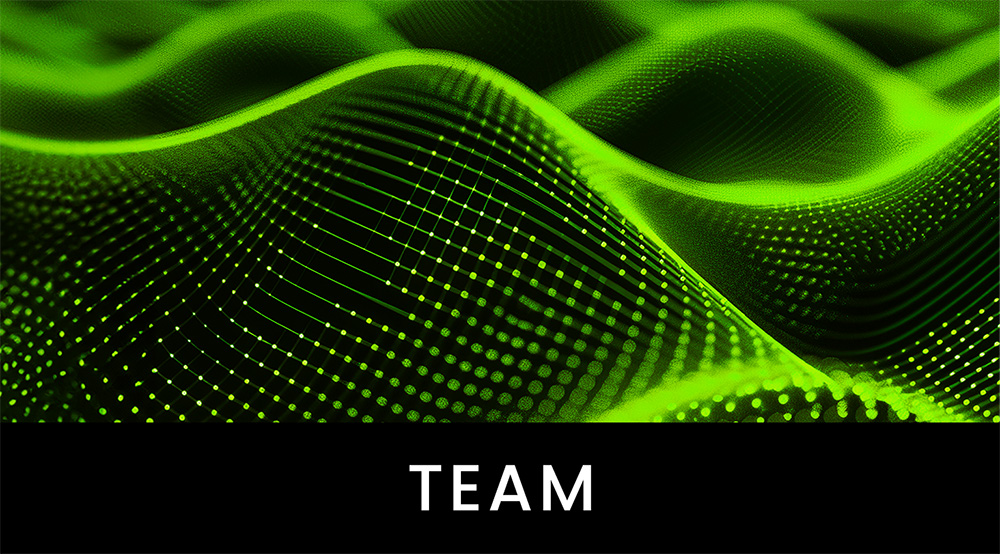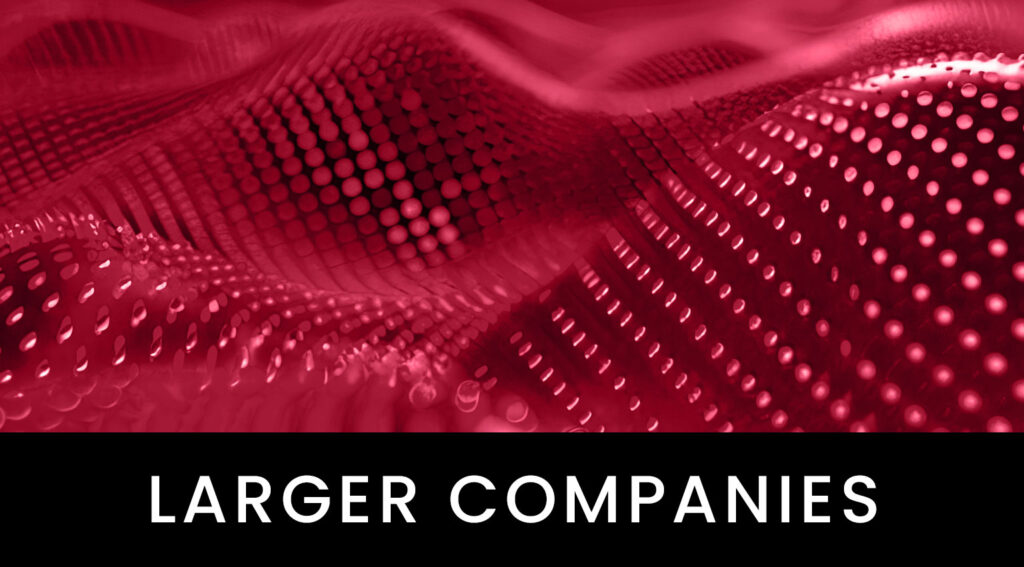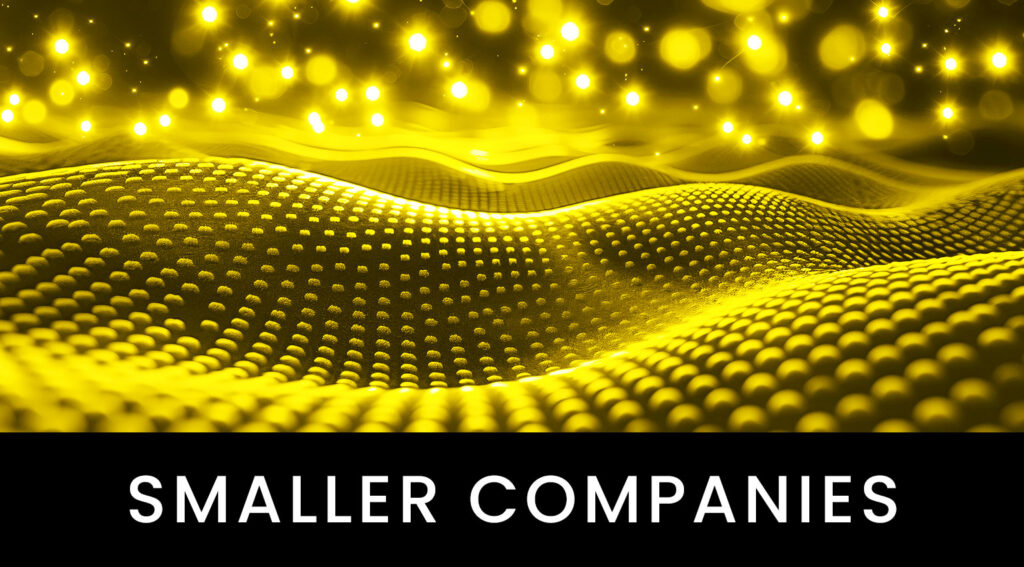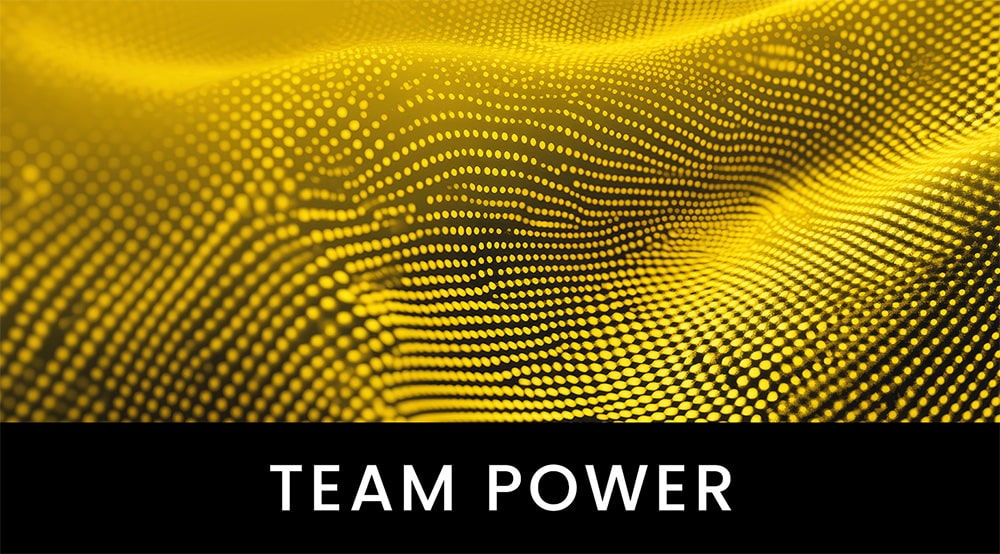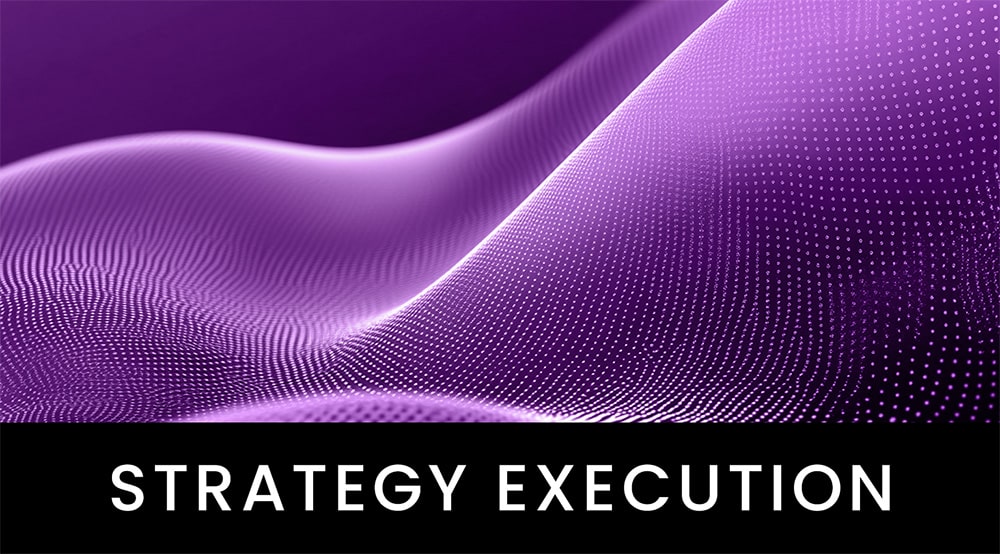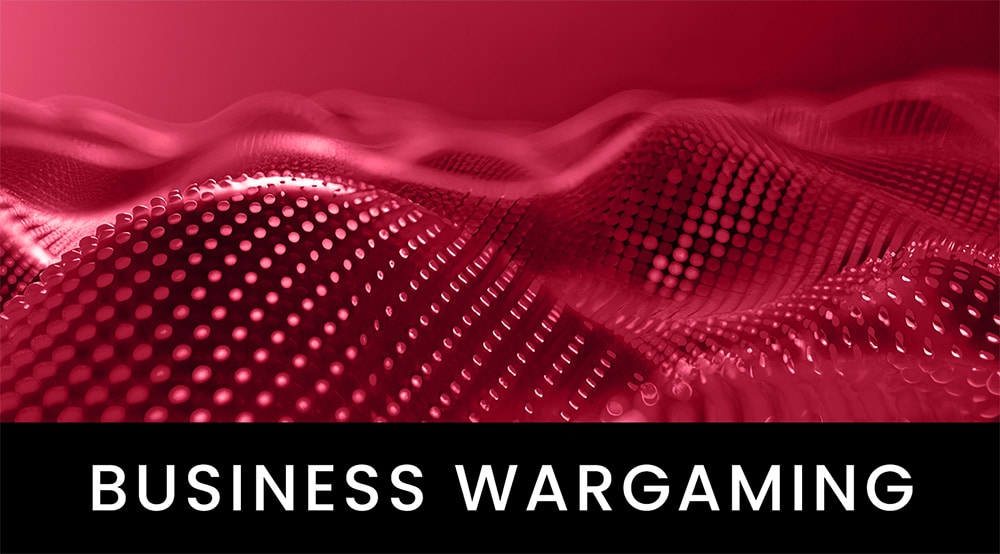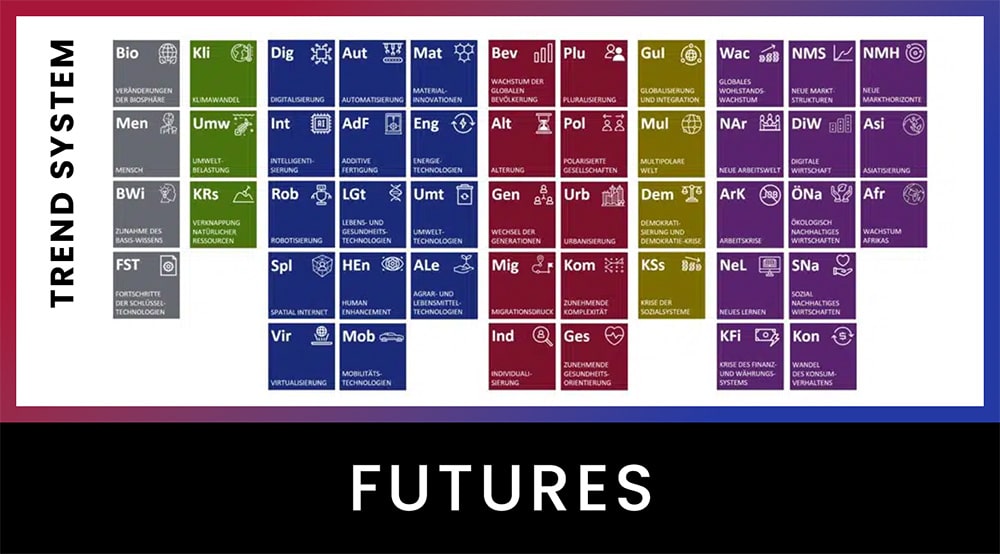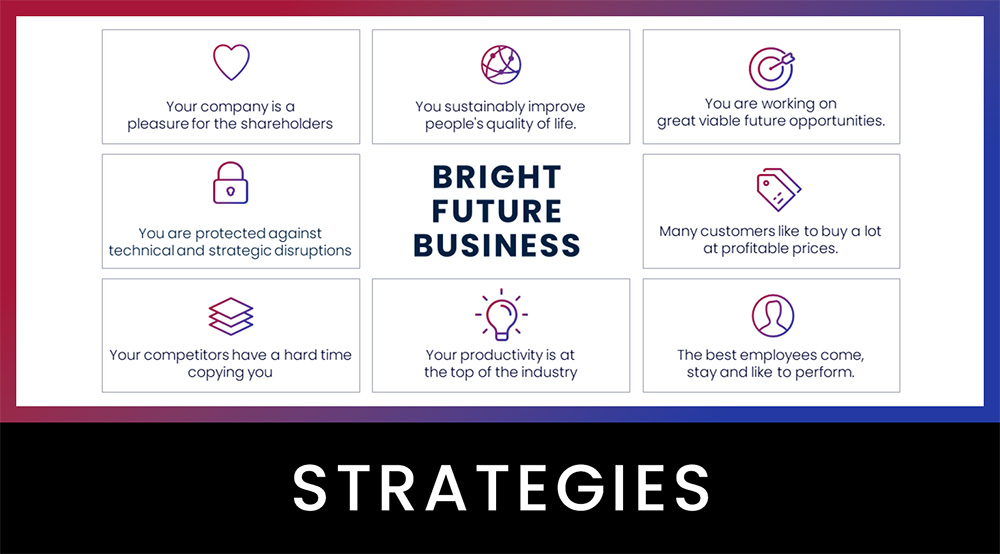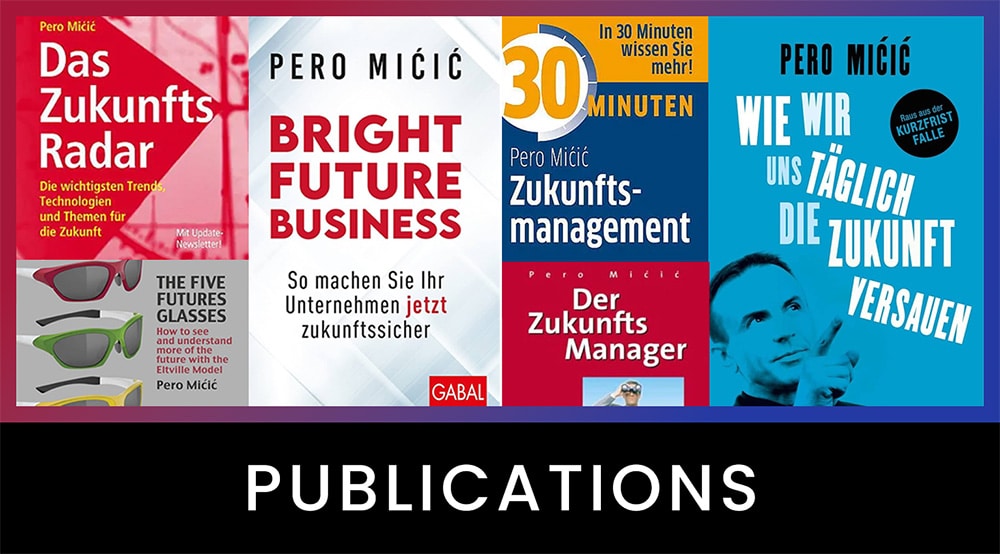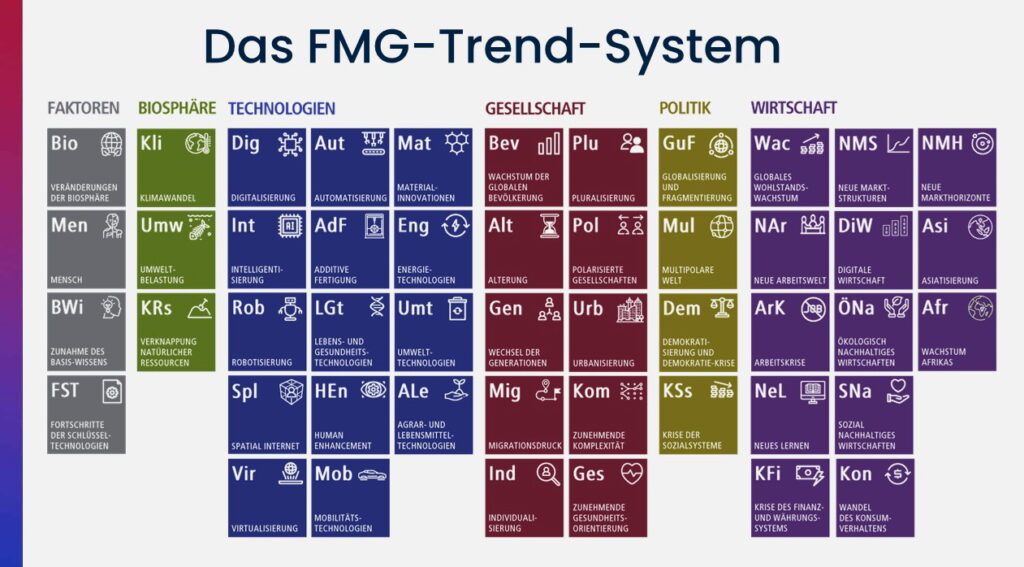Automation megatrend
From the FMG Trend System: For your future-proof company
Automation is changing working and living environments
The automation of technical, administrative and cognitive processes is fundamentally changing our economic and social structure. More and more tasks that were previously carried out manually or in analog form are now being performed by smart systems – more precisely, faster and with less use of resources.
Sensor technology, artificial intelligence, software integration and robotics are merging to create a new level of automation that is affecting almost all sectors: from industry and services to healthcare and administration. At the same time, the focus of work is shifting towards more highly qualified, creative activities. To the overview of all megatrends
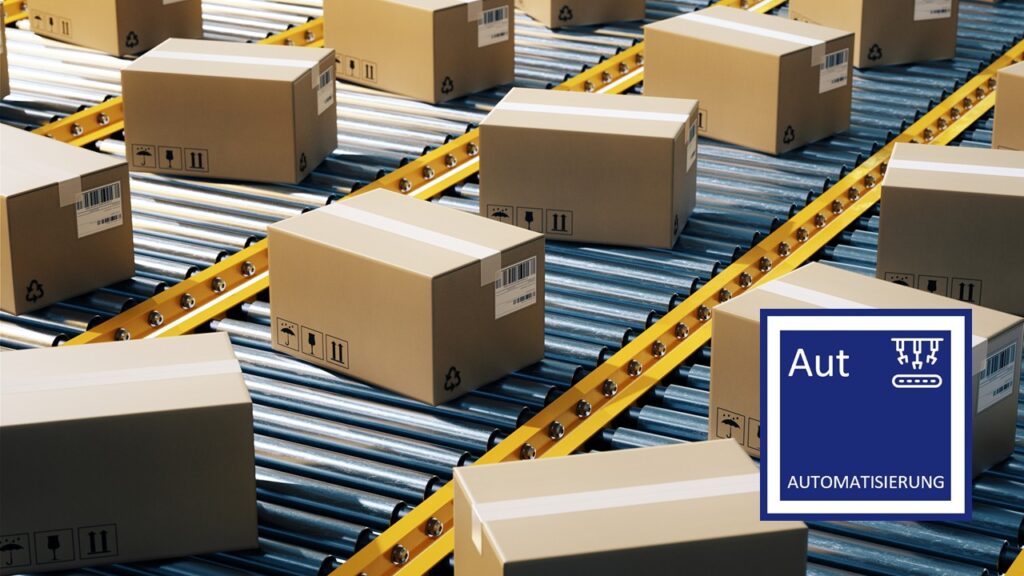
What does automation mean for companies?
Automation offers companies strategic advantages: faster processes, lower error rates, higher quality and the ability to deploy scarce human resources in a more targeted manner. In SMEs in particular, automation is a key to securing the future – not only for reasons of efficiency, but also to ensure competitiveness in the face of increasing pressure to innovate.
At the same time, new challenges arise: Which processes can be automated and how? Which systems can be connected? And how can human creativity be combined with machine efficiency?
- Alongside human motives, automation and other technologies are the strongest trends driving change. We use our tools to shape the world, mostly to our advantage.
- The automation megatrend is just one of many that could be relevant for the future of your business.
- In addition to megatrends from the biosphere, society, politics and the economy, FMG’s trend system also includes the drivers that trigger trends such as automation, the future factors. To the overview of all megatrends
Three key developments in automation
1. intelligent end-to-end automation (hyper automation)
Hyper Automation describes the comprehensive, AI-supported automation of complex work processes – across departmental and system boundaries. The aim is to map not just individual tasks, but entire workflows intelligently and autonomously.
Robot-controlled process automation (RPA) takes over rule-based routine tasks, for example in accounting or customer service.
Digital process assistants (“digital workers”) analyze unstructured data and make AI-supported decisions.
Model-driven software development (model-driven architecture) enables the automatic creation of applications on the basis of formalized models.
Rule-based workflows (such as “If this, then that”) enable the automation of complex processes and make them transparent and controllable for users.
Digital organizational twins (DTO) create a virtual image of the company that helps to simulate and optimize decisions.
2. autonomous production and value creation systems (Industry 4.0)
The fourth industrial revolution stands for the comprehensive digital networking of machines, systems and products. Production processes adapt in real time – flexibly, scalably and based on data.
Cyber-physical systems connect machines with sensors, controls and cloud systems for autonomous processes.
Machine-to-machine communication enables the automatic exchange of information between systems without human intervention.
Smart factories react independently to changing production conditions – e.g. by automatically adjusting parameters.
Image processing systems detect defects, objects or completeness and replace human inspection.
Data-driven business models (pay-per-use, predictive maintenance) use real-time data to create value.
3. democratization of automation (no-code & low-code)
Automation is no longer just an issue for developers. Thanks to graphical user interfaces, business users can also digitize processes themselves – quickly, securely and independently of IT departments.
No-code platforms enable the creation of automated processes without programming knowledge.
Standardized interfaces (APIs) facilitate the integration of new tools into existing processes.
Cloud-based tools offer location-independent automation and simple scalability.
DAO concepts (decentralized autonomous organizations) enable automated governance and processes based on smart contracts.
User-defined automation logics create individual solutions – from smart home to smart factory.
Conclusion: using automation as a targeted opportunity
Automation is not a substitute for human performance – but a strategic tool for increasing efficiency and securing skilled labor.
Companies that automate at an early stage improve their responsiveness and innovative strength – and position themselves as future-proof employers.
For SMEs in particular, automation can be the key to digitalization, scaling and service excellence.
- With the Future Radar Program, you can identify which automation technologies are crucial for your industry – and how to use them effectively.

